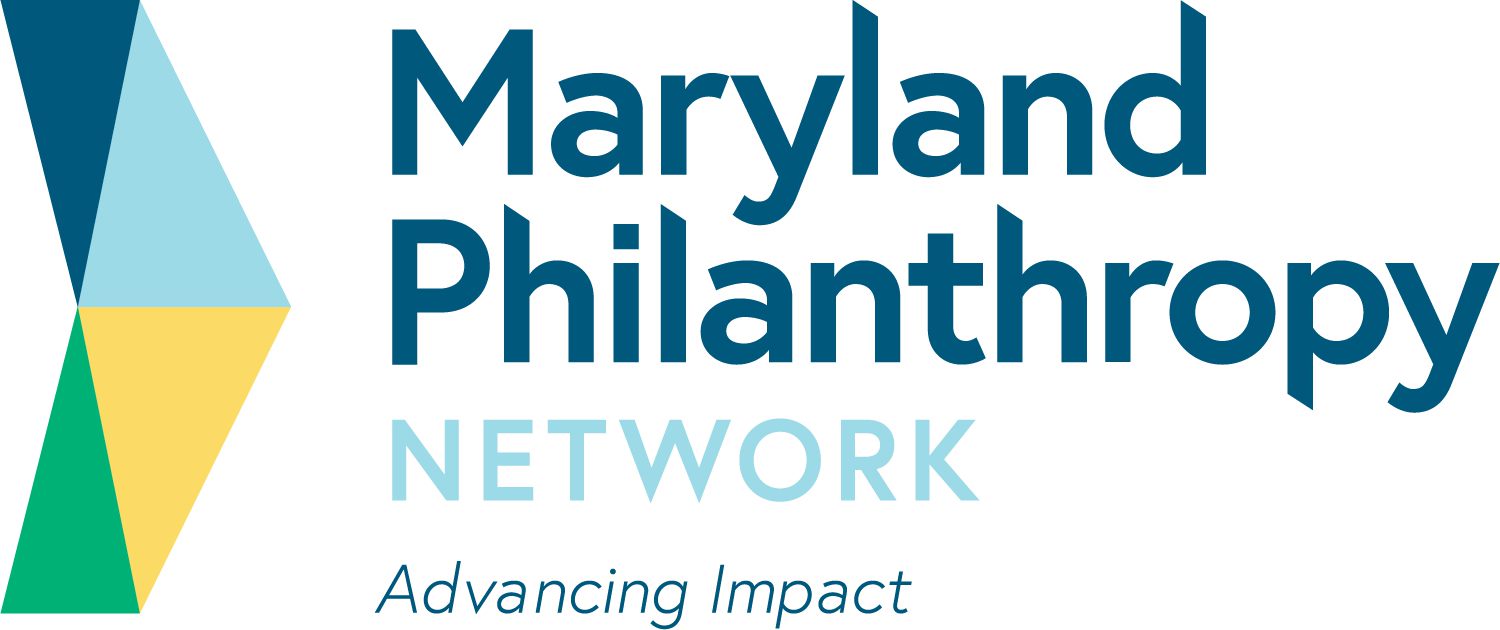Nonprofits that serve communities of color struggle to survive because of systemic racial disparities and biases. To surmount these challenges, we recommend seven approaches that have emerged from our work with these communities.
Maryland Philanthropy Network invites all members to learn how grantmakers can best use the Form 990 to learn about potential grantees. We will discuss what the 990 tells you and, more importantly, what it does not tell you.
No fooling! We’re holding an in-person networking event!
The annual Annie E. Casey Foundation report found higher graduation rates and lower childhood poverty. However, more teens are not in school or working.
The Community Foundation of Frederick County has launched a campaign to raise $10 million in hopes of addressing current and future needs in the county.
The Community Foundation has long been a conduit for hope and change in Frederick County.
Article 1, Section 2 of the United States Constitution mandates an enumeration every ten years of a jurisdiction’s population to apportion congressional representation to the states. Pursuant to Section 141 of Title 13 of the United States Code, the next Federal Decennial Census of the population and housing will be taken on April 1, 2020.
Exelon Corp.'s nonprofit foundation is launching a $10 million fund to invest in startups in six cities including Baltimore that are working on new technologies to reduce greenhouse gas emissions and mitigate climate change.
A growing number of grant makers of all ideologies see restoring constructive dialogue among citizens and fairness at the ballot box as vital to their cause.
What really drives sustainable, inclusive growth?
Nearly 200 people attended Chesapeake Charities’ 4th annual Celebration of Charity Thursday afternoon, Nov. 14, at the Chesapeake Bay Beach Club in Stevensville.
The Community Foundation of Anne Arundel County held their 19th Annual Celebration of Philanthropy Awards Luncheon Friday at the BWI Marriott in Linthicum.
During this unprecedented time of critical need, the Community Foundation of Frederick County is taking action to support local nonprofits that have been impacted by the COVID-19 crisis.
The global reach of Covid and its staying power both as a killer disease and an economic menace attracted a philanthropic response of $20.2 billion last year, more than double the amount given to the previous top 10 disasters combined, according to preliminary estimates released Wednesday. For many nonprofit leaders, however, the true measure of philanthropy’s response to both the pandemic and the racial-justice uprisings that followed the killing of George Floyd in May will be in whether foundations and other donors continue the less restrictive approaches to grant making they adopted during the pandemic’s early weeks.
Michael Bloomberg’s philanthropy group is giving nearly $4 million to Baltimore's Promise, a nonprofit that supports city youth from childhood to adulthood and into their careers.
Four years after launching an impact investing fund aimed at making loans to local community groups, Baltimore Community Foundation is growing this part of its portfolio further as giving remains high.
MileOne Autogroup puts a large chunk of its philanthropic efforts where the rubber meets the road.
On busy Route 1 in Howard County, most bus stops consist of a roadside pole stuck in the ground. But a stop outside a CVS in Elkridge, Md., has a new bus shelter — with a dazzling twist.
In The Black Butterfly: The Harmful Politics of Race and Space in America, Lawrence T. Brown reveals that ongoing historical trauma caused by a combination of policies, practices, systems, and budgets is at the root of uprisings and crises in hyper-segregated cities around the country. Putting Baltimore under a microscope, Brown looks closely at the causes of segregation, many of which exist in current legislation and regulatory policy despite the common belief that overtly racist policies are a thing of the past. Join your colleagues for a peer discussion about the role of our sector in this call to action to promote racial equity, end redlining, and reverse the damaging health- and wealth-related effects of segregation.

